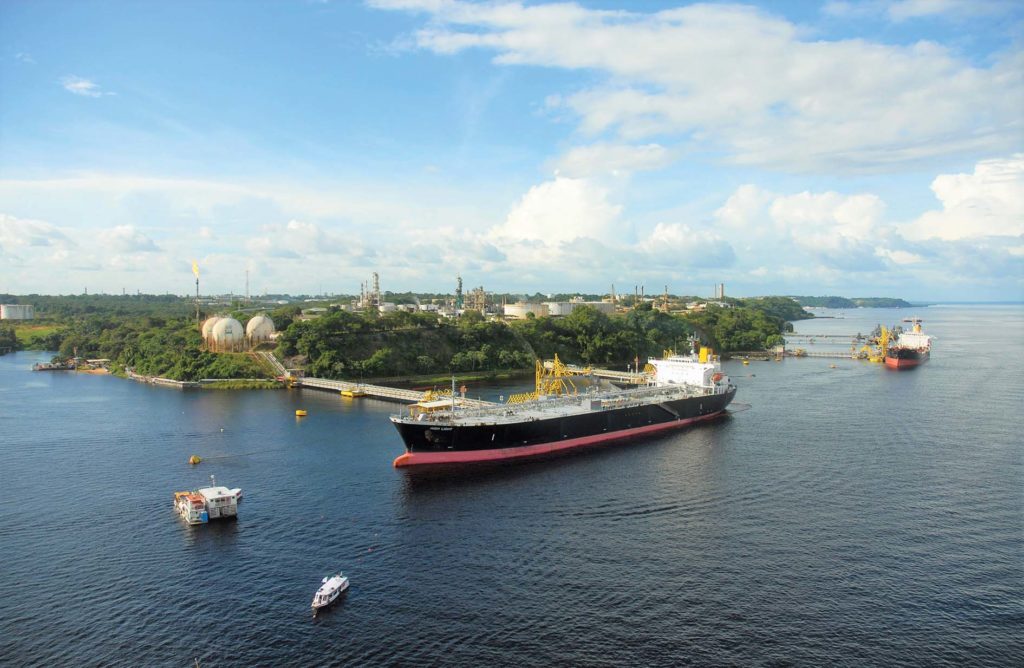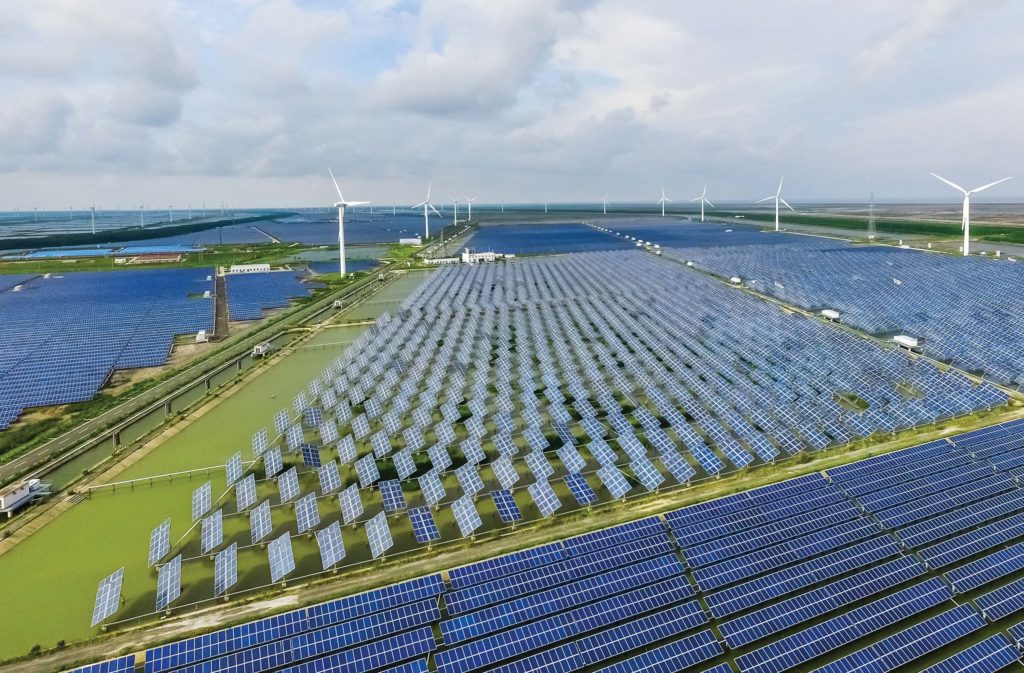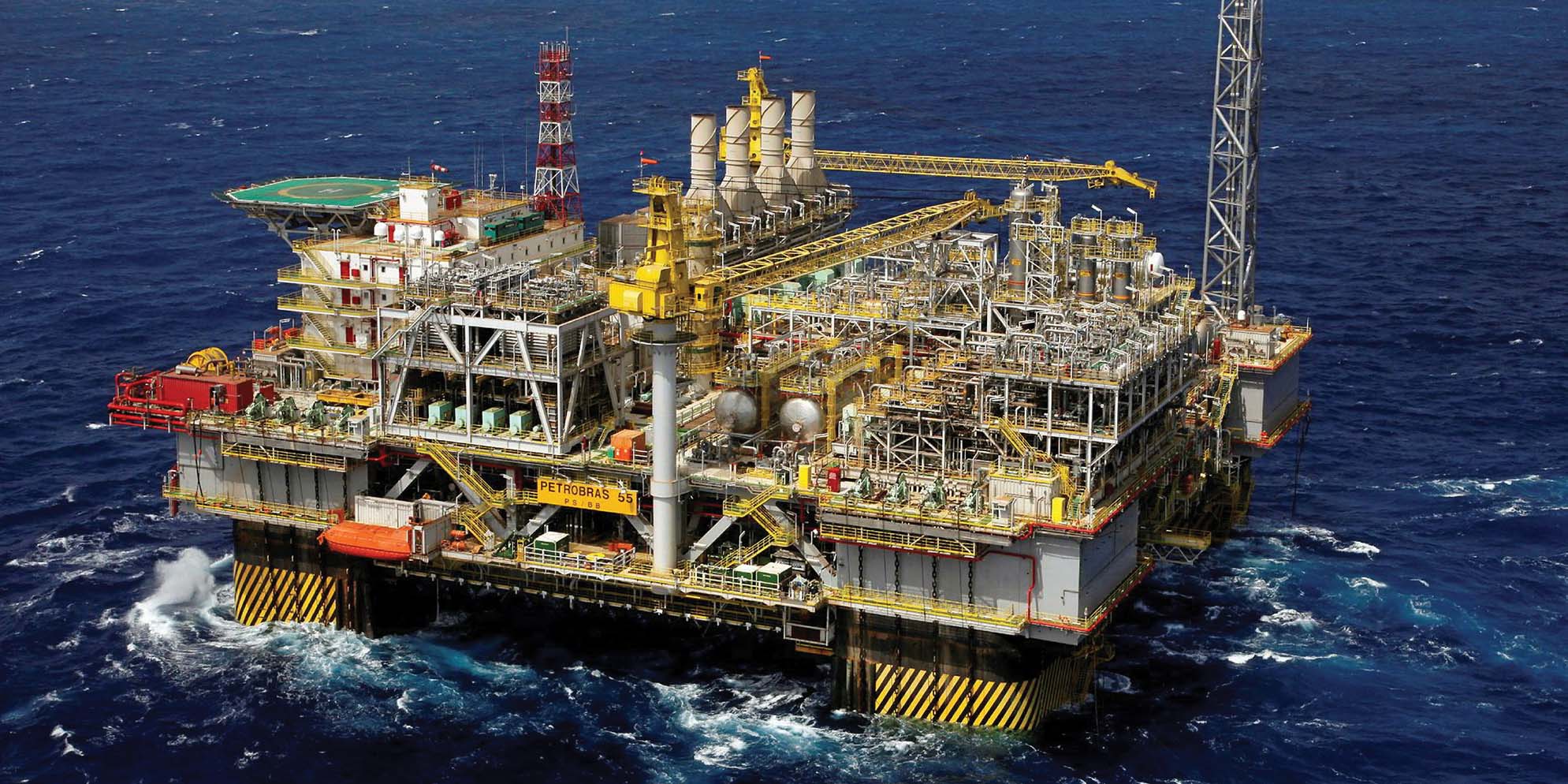Anton
INYUTSYN
Deputy Minister of Energy
e-mail: press@minenergo.gov.ru
Abstract. The article reveals the main directions of energy interaction between the BRICS countries. Much attention is paid to the practical work of the Energy Research Platform. The article provides general key indicators of the fuel and energy sector in the BRICS countries. A separate place in the article is occupied by further prospects for interaction of the BRICS countries in the energy sector, including the possibility of joint financing of infrastructure projects.
Keywords: BRICS countries, energy cooperation, forecast, research of the fuel and energy sector.

Source:
moviafilmes / Depositphotos.com
In 2020, Russia for the third time became the chairman of the association of the BRICS countries (Brazil, Russia, India, China and South Africa). Cooperation of the Five is developing in a wide range of areas and is based on three key dimensions: politics, economics and cultural and humanitarian sphere.
The economic development of the BRICS countries is becoming more and more powerful. At the same time, the energy interaction of the Five, which together provides almost a quarter of global GDP, more than a third of world energy consumption and production (Fig. 1), is increasingly coming to the fore. Despite all the differences in the energy sectors of each of the BRICS countries, the potential for interaction in this area is huge. The energy dialogue of the Five is based on the complementarity of national energy strategies.
Since 2015, when the first meeting of the BRICS energy ministers was held on Russia’s initiative, it has been possible to form a solid foundation for building up energy cooperation, as well as identify specific ideas and projects for joint work.
Despite the difficult situation associated with the COVID-19 pandemic, the energy track in the year of the Russian presidency was full of events. In addition to official events and meetings, we held the now traditional Youth Energy Summit, the annual meeting of the BRICS Energy Research Platform, and the international festival on energy efficiency and the environment #BrighterTogether, #ВместеЯрче.
Energy transition taking into account national interests
Undoubtedly, the key event was the meeting of the energy ministers of
the BRICS countries, which took place in October this year. The heads of the
relevant departments of the countries of the association summed up the work in
the main areas of cooperation in the energy sector: support for the development
of national energy systems of the BRICS countries; technological
interoperability and assistance in improving conditions for energy investment;
promoting the stability of energy markets and enhancing the role of BRICS in
the global energy dialogue.
Ministers discussed the prospects for energy recovery from the consequences of the pandemic and noted that the global energy sector is currently showing resilience. In these conditions, the coordinated actions of the international community and global socio-economic associations are of particular importance.
An important place in the discussion was taken by the topic of the energy transition of the global economy to new energy sources.

global energy consumption 37 %
35 % global energy production
of the world population 40 %
35 % of the global economy
41 % By 2040, BRICS will provide global energy consumption and production
Fig. 1.
Source: BRICS Energy Review,
BRICS Energy Research Platform, 2020
The BRICS countries proceed from the assumption that the energy transition towards renewable energy sources should not take the form of pressure on the industry as a whole. It is necessary to make balanced and progressive decisions that correspond to the individual characteristics of the socio-economic development of each country.
In the international arena, including at the sites of leading multilateral energy structures, we need to jointly defend a balanced approach, avoiding the imposition of models that do not suit our countries. We have already begun to put this idea into practice. Our countries have launched informal consultations within the Group of Twenty and the World Energy Council.
Following the meeting, the energy ministers of the BRICS countries confirmed that to meet the growing demand for energy resources, ensure universal access to energy and energy security, it is necessary to effectively use all sources, including fossil fuels, nuclear energy and renewable energy sources. The BRICS countries support international cooperation in the field of environmental protection and mitigation of the consequences of climate change. At the same time, the members of the association emphasized that the climate agenda should not be used to preserve inequality, unfair competition, discriminatory attitudes and create barriers to trade and investment in the energy sector.
Own energy forecast
A significant event of the year was the launch of the practical work of the BRICS Energy Research Platform.

Source: A.Paes / Depositphotos.com
The development of the global economy and equitable opportunities for developing countries require objective approaches, authoritative non-biased scientifically grounded assessments.
The toolkit that is used today all over the world for making forecasts is very wide. The key structures are known that annually provide reviews and forecasts in the field of energy: the International Energy Agency, the Organization of the Petroleum Exporting Countries (OPEC), reports from BP, Shell and some others. Their analytics sets trends and serves as a kind of beacon for politicians, companies, public leaders in the formation and adoption of decisions – primarily investment ones.
We have studied the forecasts of major analytical agencies and international organizations, and it may be said that BRICS as a group is not considered in almost any forecast. Now there is a need to supplement forecasts in the energy sector with a glance from the countries of this association and other large economies, in order to form an objective agenda in the world energy.
This year the release of the first analytical reports of the BRICS Energy Research Platform was prepared: Review of the BRICS Countries Energy (BRICS Energy Report) and Priorities of the Technological Development of the TEC of BRICS Countries (BRICS Energy Technology Report). All countries of the association took part in the preparation of the research.
The BRICS Energy Report is the first comprehensive document on the current state and strategic vision of the BRICS countries’ energy development until 2040. The document is based on the own data of the countries of association, the forecast part is made on the basis of internal estimates of the BRICS (without using external sources of information).
The study by the BRICS countries confirmed the long-term importance of fossil fuels. Their share in the BRICS energy consumption, according to experts from the BRICS Energy Research Platform, will continue to dominate in 20 years, covering almost three quarters of total demand (Fig. 2). The share of natural gas in the consolidated balance will increase from 13 % in 2018 to 19 % in 2040. At the same time, the share of BRICS in world gas consumption will increase from 22 % to 29 %, with the overall expected growth in world consumption. All countries agreed on a moderate vision for the future development of renewable energy sources until 2040.
By 2040, the capacity of BRICS nuclear power plants is expected to more than double, providing great opportunities for equipment manufacturers and fuel suppliers.
Forecast estimates suggest an increase in mutual energy supplies between the BRICS countries (primarily due to Russian exports) (Fig. 3).
The study “Priorities of technological development of the FEC of the BRICS countries” analyzes the prospects for technological cooperation between the countries of the association in the oil and gas, electric power and coal industries, and also identifies the most promising technologies for joint work. During the preparation of the study, a survey was conducted, in which respondents were asked to fill out a questionnaire and determine how much a particular technology is a priority from a commercial point of view, as well as the time of implementation. The final list included 547 technologies.
More than 60 companies from the fuel and energy complex of the BRICS countries took part in the survey. According to its results, the most relevant were technologies related to digitalization, as well as clean energy technologies.
The study also presents potential projects for the joint development of technologies, which may be implemented in the near future.

Nuclear power +4 %
Coal
Oil
RES +8 %
Gas +6 %
>70
of fossil fuel consumption
Fossil fuels will continue to dominate in the BRICS energy balance over the next two decades
Fig. 2.
Source: BRICS Energy Review,
BRICS Energy Research Platform, 2020

Imports
BRICS
х2
Increase in power resources trade
Export
Coal
Gas
Oil
Fig. 3
Source: BRICS Energy Review,
BRICS Energy Research Platform, 2020
These include: the production of pure alumina, the complex processing of waste and by-products of the coal industry, catalysts for the synthesis of polyolefins, and the creation of wind turbines.
Our countries also proceed from the fact that the results of the study will find their application in practical terms and will allow companies to start joint development of new technologies as soon as possible, including in the territory of the BRICS countries.
Due to the fact that the research is based solely on the own statistical and forecast data of the BRICS countries, the reports can be a reliable source of information for long-term investment strategies of our companies and will be useful not only to the BRICS countries, but also to other countries.
Plans until 2025
This year, for the first time, we proposed our BRICS partners to define medium-term plans and priorities for our cooperation. The result of this work was the roadmap for energy cooperation until 2025 adopted by the BRICS energy ministers. The preparation of the roadmap is aimed primarily at improving the effectiveness of joint efforts and achieving results through a more structured and integrated approach. The document provides for the use of various BRICS mechanisms and close interaction of stakeholders, including government departments, business, expert and scientific communities.
The implementation of the roadmap was based on a phased approach. At the first stage, a joint analysis of the situation in the energy sector of the BRICS countries, the identification of the most promising new technologies that are of interest to the companies of the BRICS countries, and the development of cooperation mechanisms, including the institutionalization of the BRICS Energy Research Platform, will continue.

Competencies and needs of the BRICS countries
Source: Priorities for the technological development of the fuel and energy complex of the BRICS countries, BRICS Energy Research Platform, 2020
At the second stage, countries will determine their own needs in ensuring energy security and development of the energy industry, identify the difficulties associated with such activities, as well as the areas of finding optimal solutions.
At the third stage, the BRICS countries are supposed to select specific areas and forms of cooperation aimed at modernizing their national energy systems, promoting the development of advanced technologies and their implementation, increasing the volume of trade in goods related to the energy industry, and creating favorable conditions for mutual investments.
It is assumed that practical activities for the implementation of the roadmap will be carried out on the basis of the BRICS Energy Research Platform. Together with partners, we have already identified 11 priority areas of our work, including research in the field of global energy development, technological interaction, digitalization, energy efficiency, natural gas, including LNG, RES and others. This list is expected to expand from year to year.
It is important to develop cooperation in the field of joint financing
of infrastructure energy projects. A number of major energy projects are already
being implemented as part of the BRICS New Development Bank. Together with our
partners, we expect to continue developing projects that are of interest to all
countries and to offer them for implementation and financing through the
Development Bank. We also consider it important to develop trade in national
currencies.
Youth energy cooperation is actively developing. Within the framework of this direction, the preparation of the third youth energy forecast, which was presented during the BRICS Youth Energy Summit, was completed. Representatives from 40 leading universities of the BRICS countries took part in the development of the forecast. In September 2020, the BRICS Youth Energy Agency (hereinafter – BRICS YEA), in partnership with the UN Core Group on Children and Youth Affairs, launched the #FromBRICSwithSDG project to disseminate successful practices of energy efficient cities in the BRICS countries, as well as the project “BRICS Bank for Sustainable Ideas”.
We, being the major energy powers, must work together to strengthen the role of the BRICS countries in the global discussion of energy issues. We must shape and promote the views of the BRICS countries on the global energy agenda, and promote the stability and predictability of energy markets. Such an energy dialogue will contribute to enhancing the sustainability and energy security not only of the BRICS countries, but of the entire world.

Source: fanjianhua / Depositphotos.com
References
1. Московская декларация XII саммита БРИКС. – URL: https:// brics-russia2020.ru/images/n4/83/n48395.pdf
2. Стратегия экономического партнерства БРИКС до 2025 года. – URL: https://brics–russia2020.ru/images/114/81/1148133.pdf
3. Сommunique of the BRICS energy ministers meeting Moscow, Russia. – URL: https://brics-russia2020.ru/images/85/29/852958.pdf
4. Road Map for BRICS Energy Cooperation up to 2025. – URL: https://brics-russia2020.ru/images/85/29/852976.pdf
5. Платформа
энергетических исследований БРИКС. – URL: https://minenergo.gov.ru/node/18366





